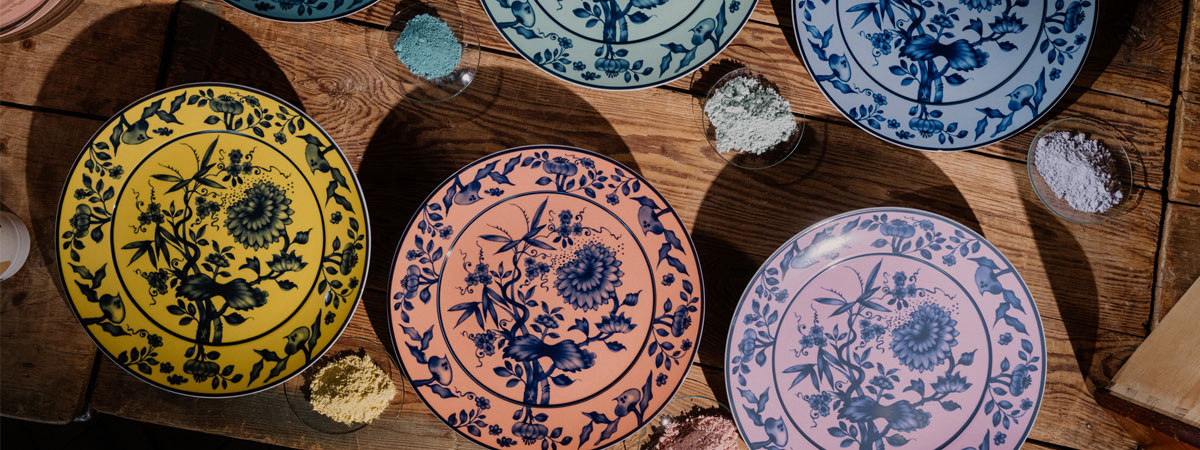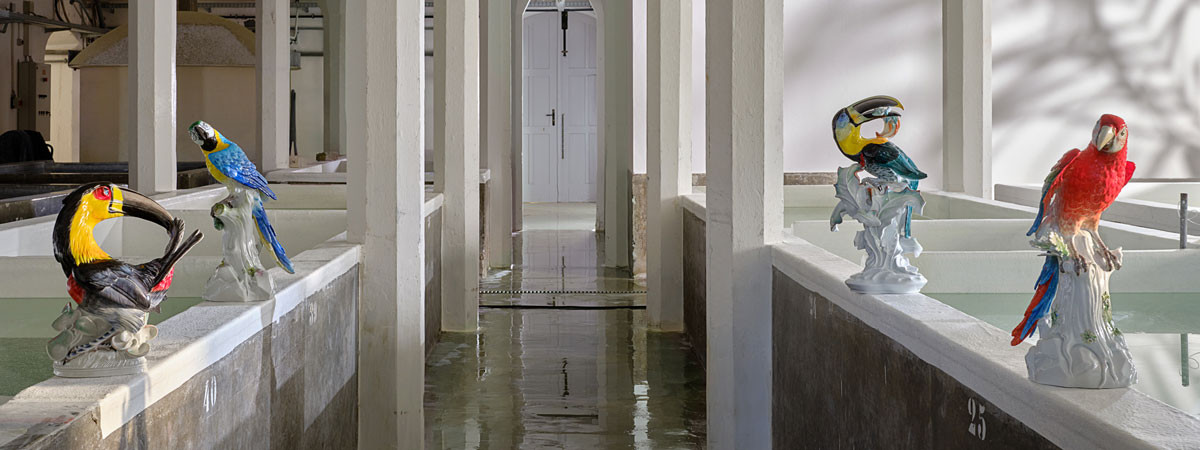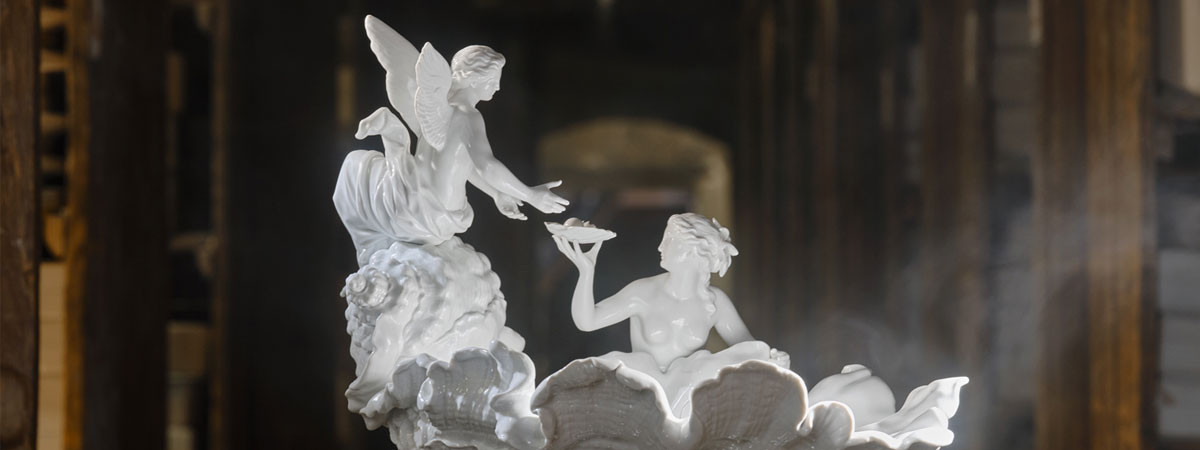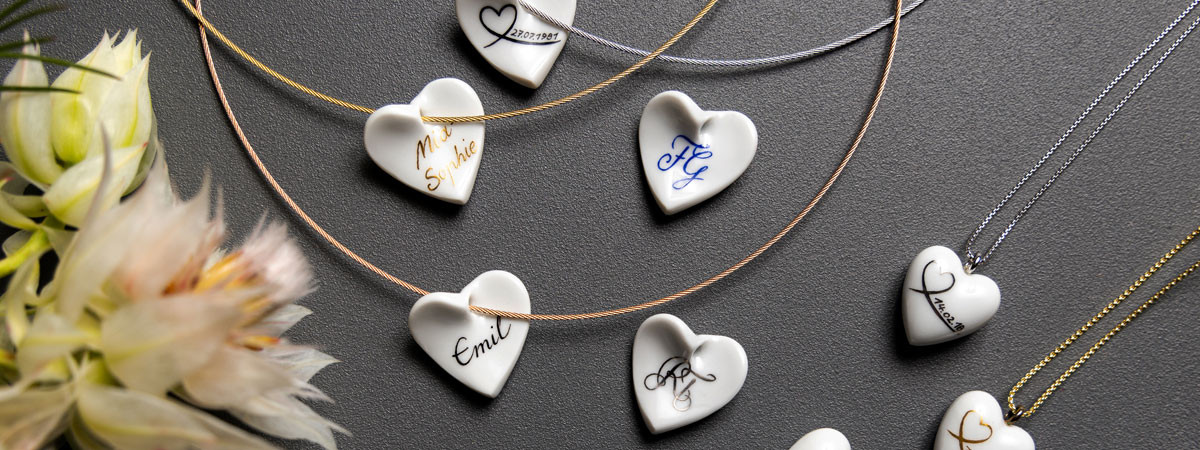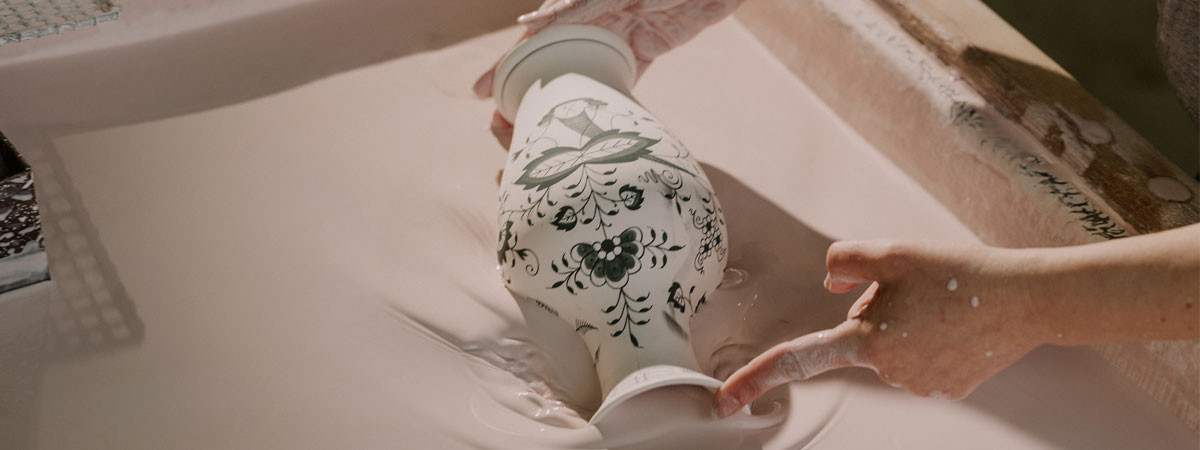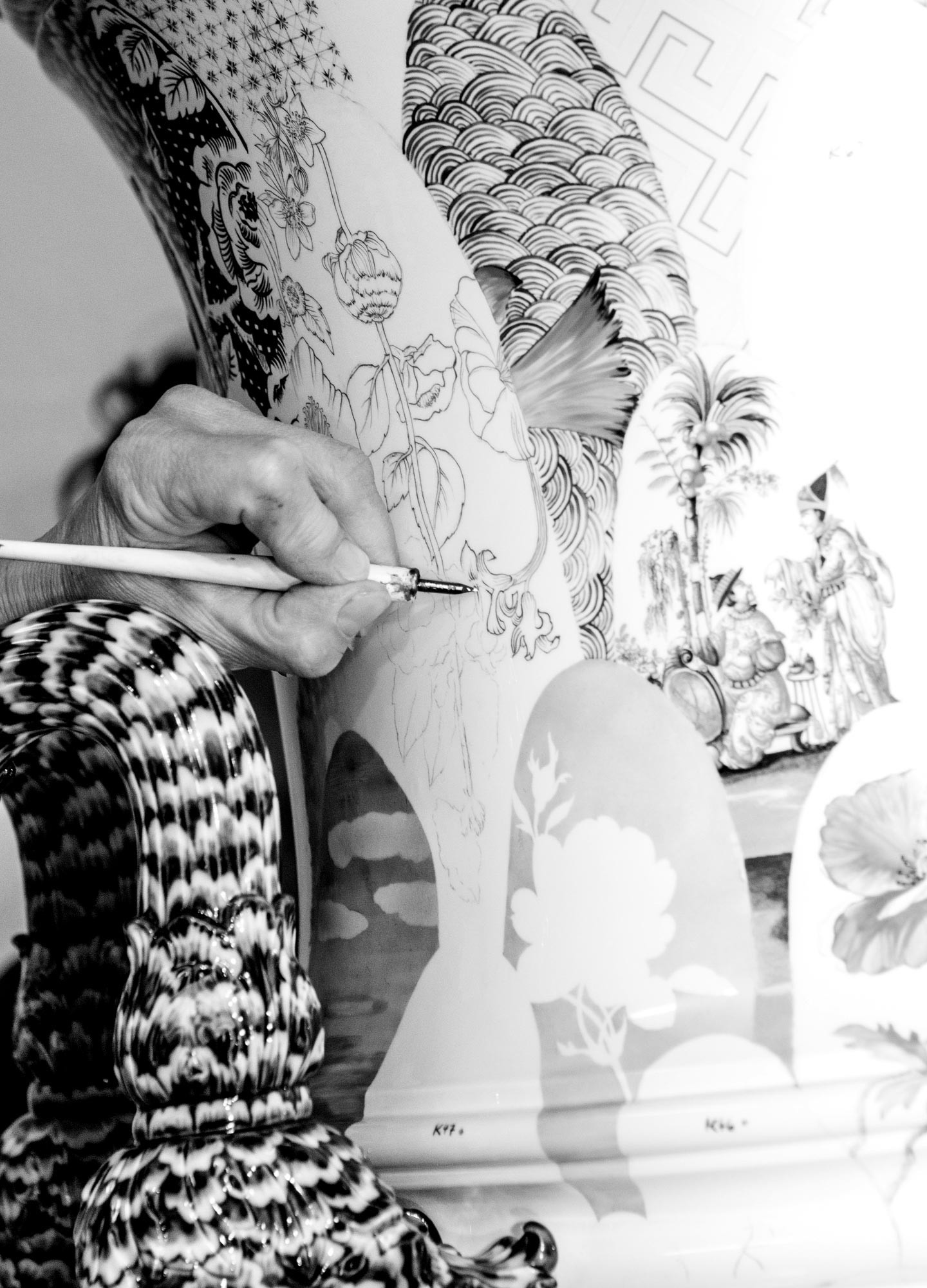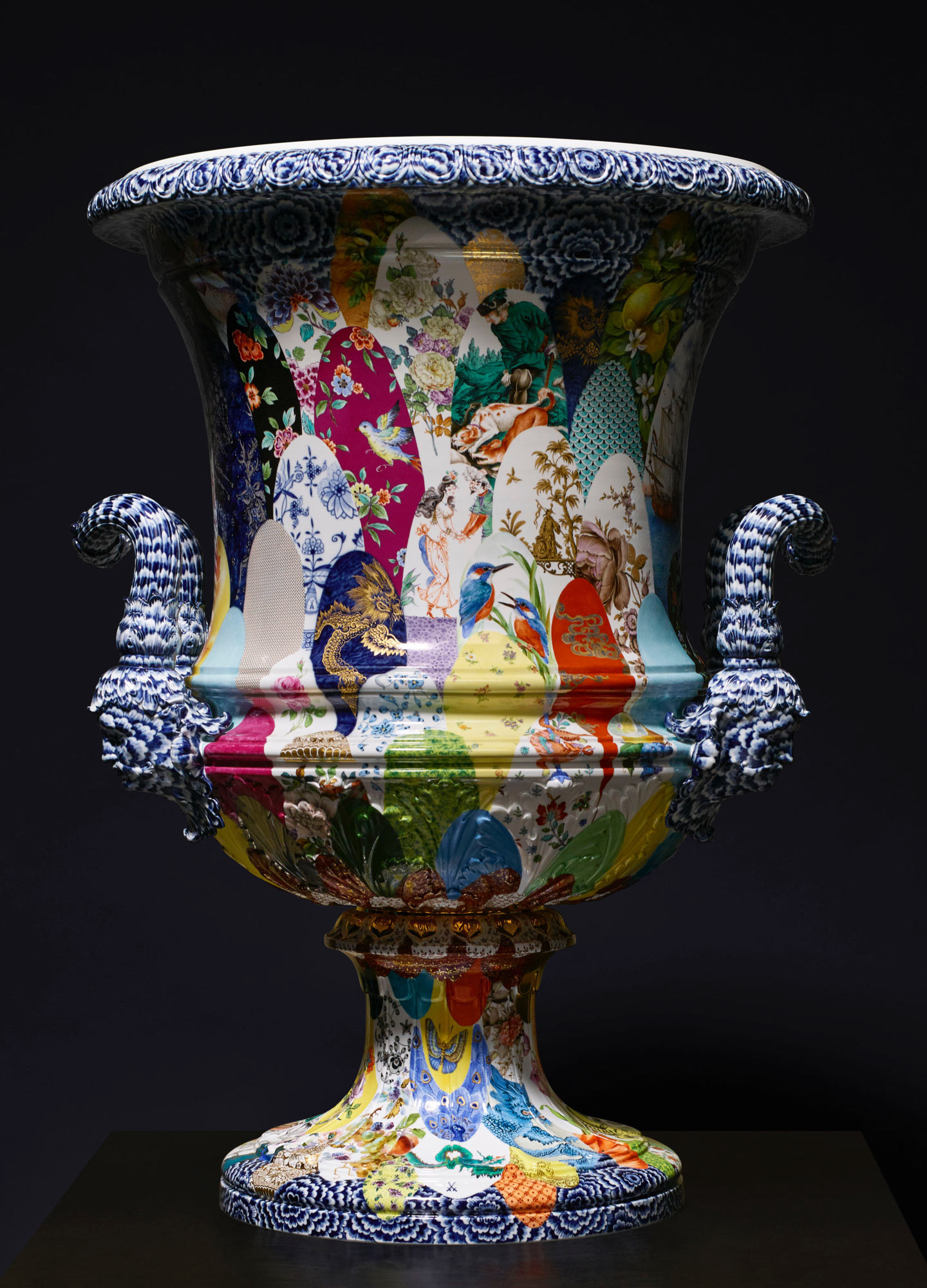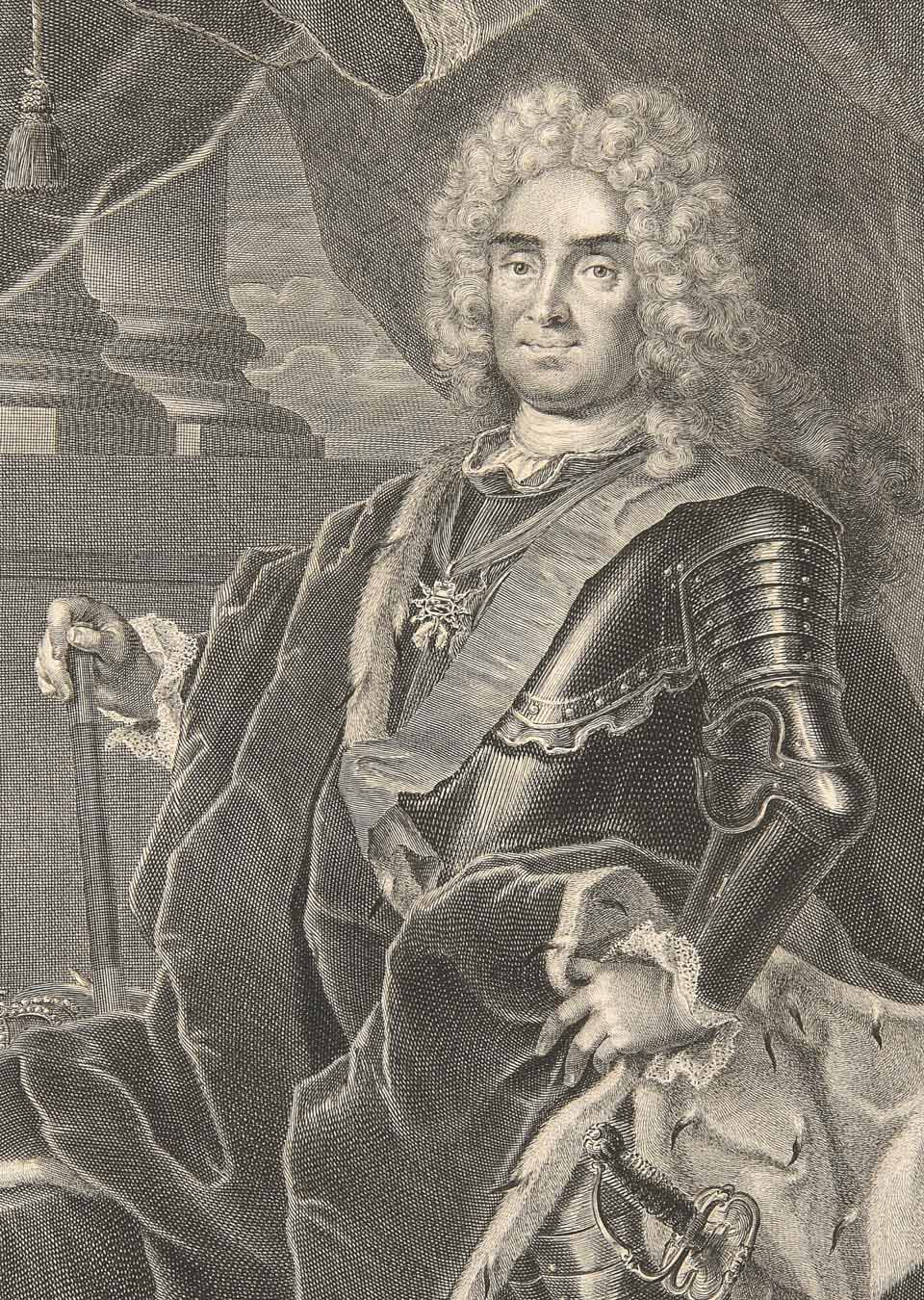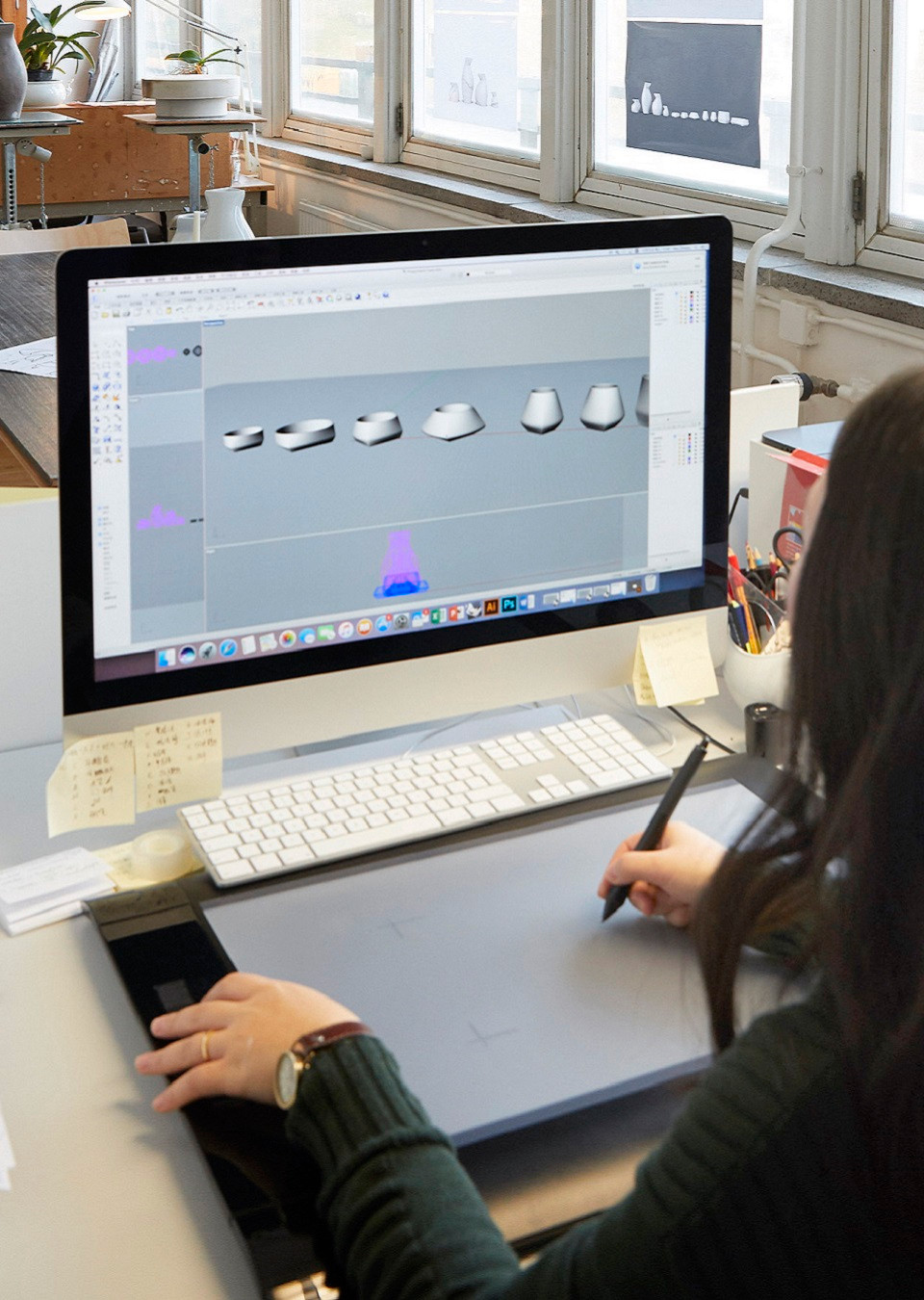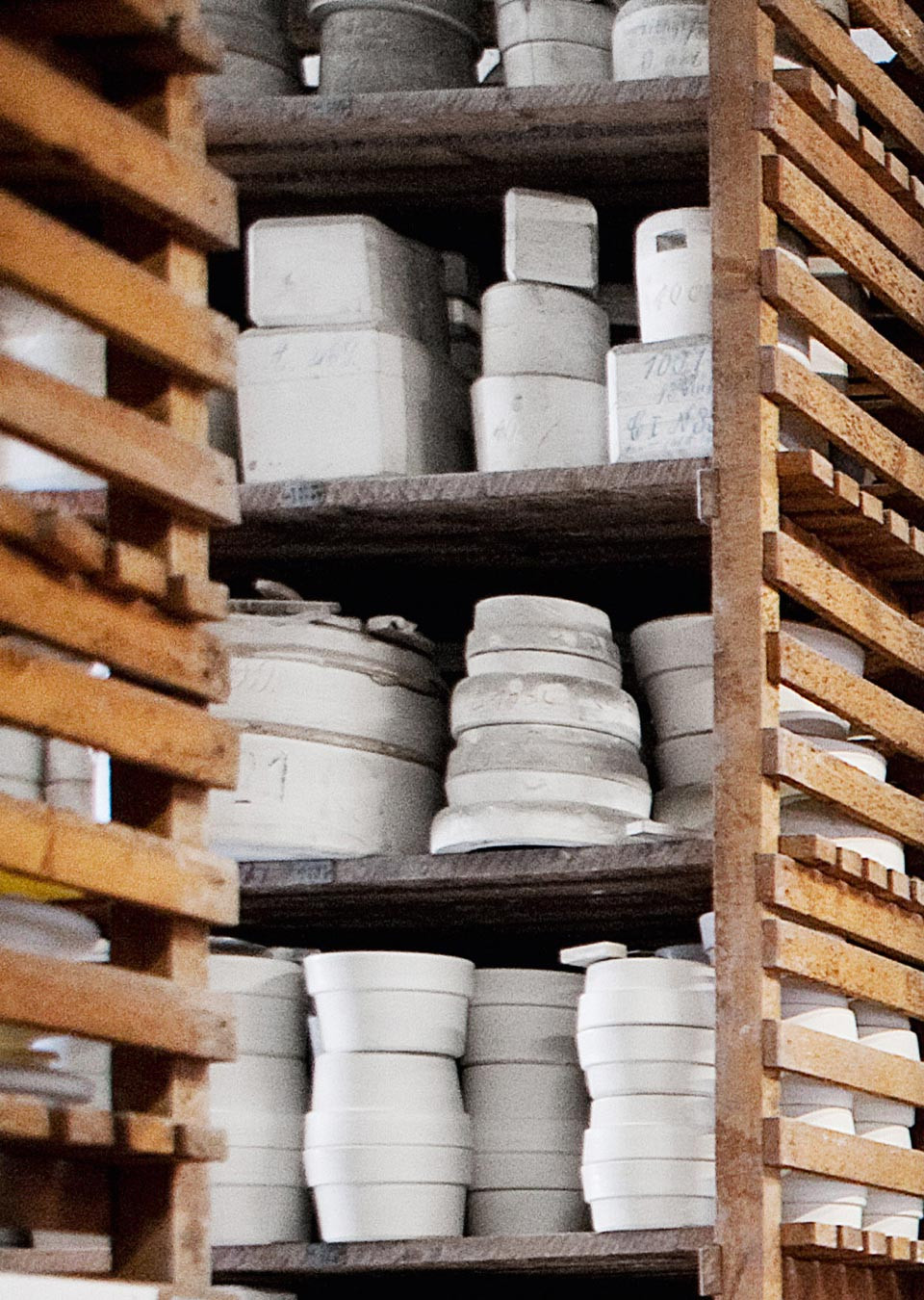MEISSEN Icons
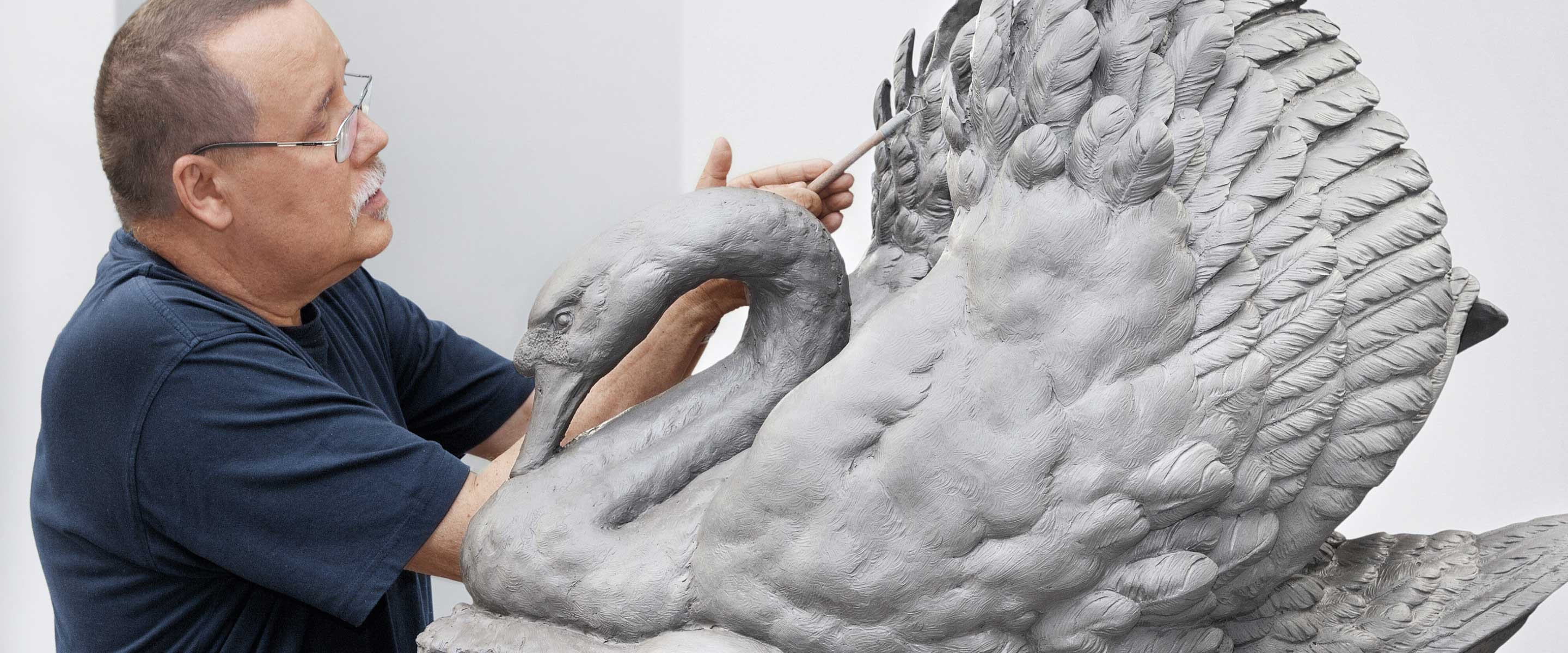
The Meissen manufactory occupies a special position among the porcelain makers around the world. As the oldest porcelain manufactory in Europe – founded in 1710 by Augustus the Strong – its figurines, large sculptures, table services, and porcelain objects have shaped the course of porcelain history. Over three centuries, these porcelain works of art have pushed the limits of technical feasibility as well as the scale of what is possible with porcelain. A perfectionist approach that is extravagantly expressed through the MEISSEN Icons. With these projects, MEISSEN reissues important porcelain works of art by the great Meissen masters, offers contemporary interpretations of some of the most formative influences from over 300 years of porcelain history, or channels the current zeitgeist in brand new pieces. For weeks and months, only the most experienced modellers, embossers and painters work to bring these works of ultimate craftsmanship to life. With extreme precision and a wealth of experience, these artisans create containers, vases, and large sculptures that express the rich heritage of Europe’s oldest porcelain manufactory. The complexity of each object places the strictest demands on the different production areas, resulting in Meissen’s MEISSEN Icons’ highly limited edition.
“A lavishly embellished vase with over 100 motifs applied by 27 specialised painters in various techniques. Luters are presented with their very own challenge: the vase's wet mass weighs against its own shape.”
-
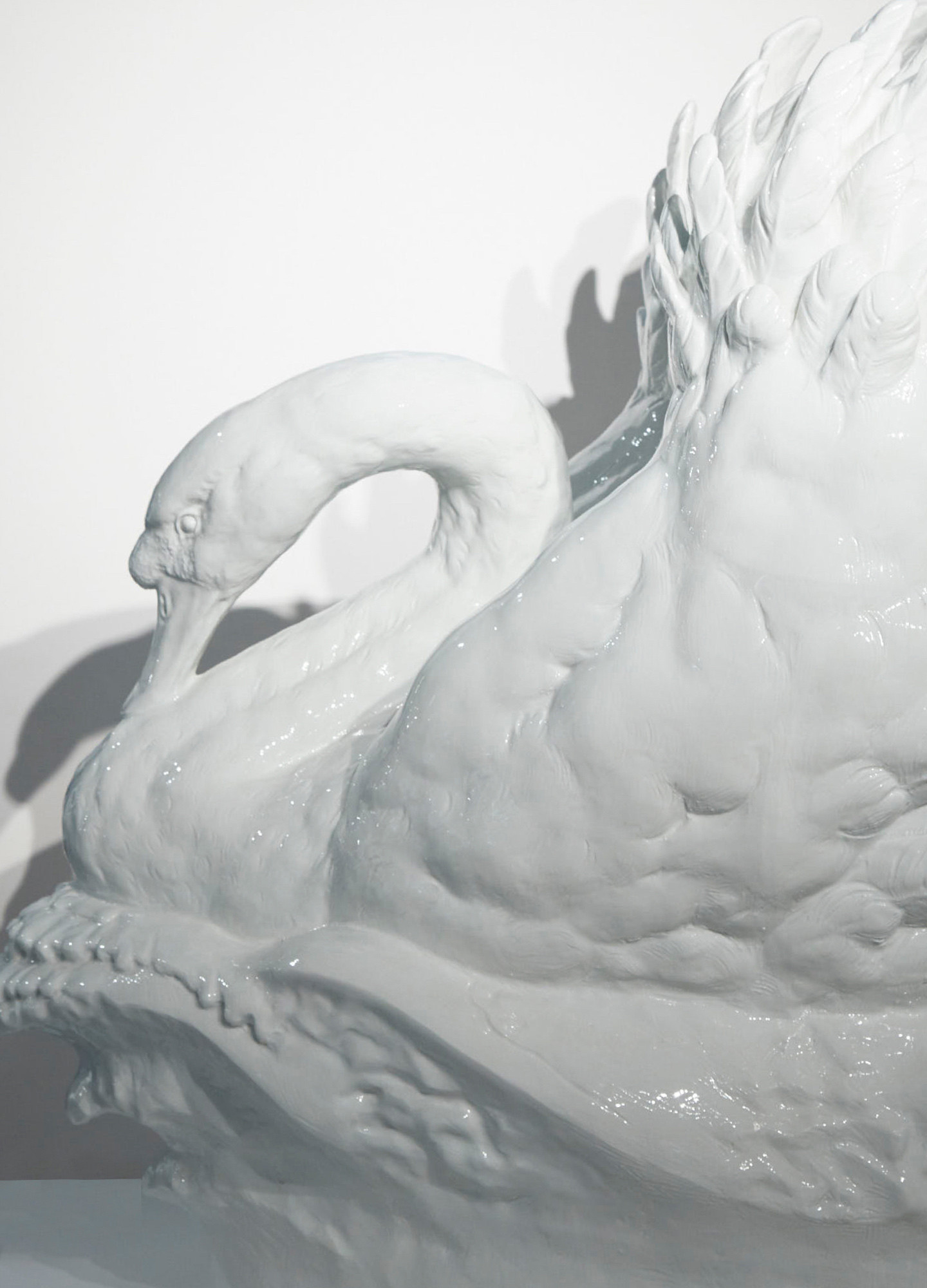 SwanTo mark the 275th anniversary of Kaendler’s “Swan Service”, Meissen’s former head sculptor Jörg Danielczyk modelled a large porcelain swan in 2012. Worked in the dynamic design vocabulary of the Baroque era, the sculpture also refers to Kaendler’s second great legacy – the famous large-scale animal sculptures from the Japanese Palace in Dresden. Like these famed sculptures, the swan is deliberately left pure white to emphasize the porcelain’s plasticity. Masterful accents can be seen in the detailed modelling of the plumage. The production of such a large sculpture poses the same challenges for the Meissen artisans today as it did in the 18th century: The interior of the figure is equipped with chambers that serve as an architectural framework. They must retain their shape when the porcelain first becomes soft in the blast furnace. An assemblage that requires years of experience.
SwanTo mark the 275th anniversary of Kaendler’s “Swan Service”, Meissen’s former head sculptor Jörg Danielczyk modelled a large porcelain swan in 2012. Worked in the dynamic design vocabulary of the Baroque era, the sculpture also refers to Kaendler’s second great legacy – the famous large-scale animal sculptures from the Japanese Palace in Dresden. Like these famed sculptures, the swan is deliberately left pure white to emphasize the porcelain’s plasticity. Masterful accents can be seen in the detailed modelling of the plumage. The production of such a large sculpture poses the same challenges for the Meissen artisans today as it did in the 18th century: The interior of the figure is equipped with chambers that serve as an architectural framework. They must retain their shape when the porcelain first becomes soft in the blast furnace. An assemblage that requires years of experience. -
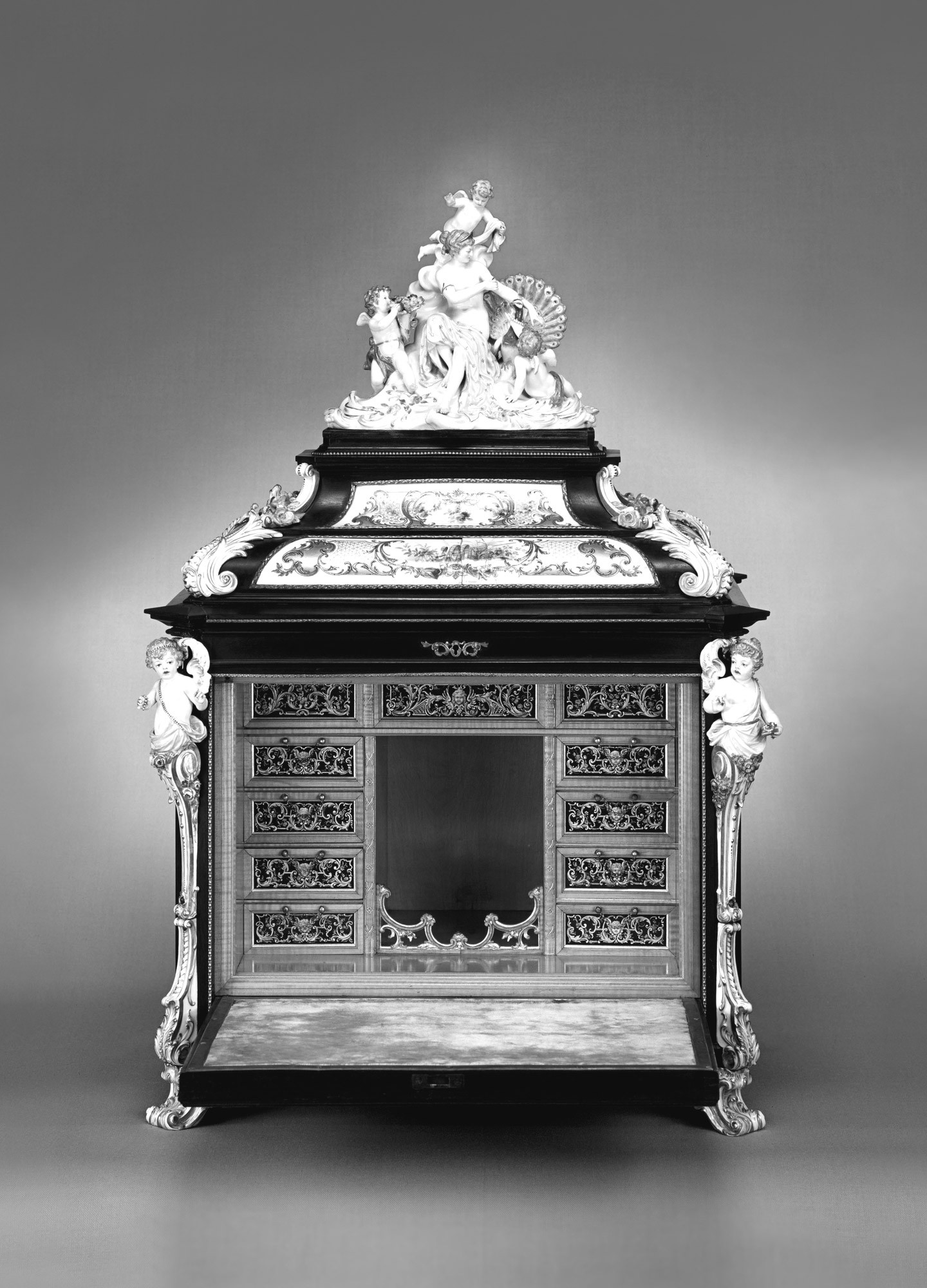 Jewellery BoxMeissen’s “Jewellery Box” was presented for the first time at the World’s Fair in Chicago in 1893. Realized according to a design by Ludwig Sturm, it combines historical techniques of porcelain decoration with opulent materials and classical motifs. Porcelain panels set in precious wood and bronze show translucent pâte-sur-pâte decorations on each side – exquisite slipware that involved applying up to 30 layers of liquid porcelain mass with a brush and then cutting and chiselling the porcelain into an almost translucent relief. Meissen’s porcelain painters relearned this elaborate technique especially for this limited edition in order to achieve the sophisticated antique paintings today true to the original. The Roman goddess Juno gracefully adorns the jewellery box as a symbol of love and beauty, accompanied by her sacred animal, the peacock.
Jewellery BoxMeissen’s “Jewellery Box” was presented for the first time at the World’s Fair in Chicago in 1893. Realized according to a design by Ludwig Sturm, it combines historical techniques of porcelain decoration with opulent materials and classical motifs. Porcelain panels set in precious wood and bronze show translucent pâte-sur-pâte decorations on each side – exquisite slipware that involved applying up to 30 layers of liquid porcelain mass with a brush and then cutting and chiselling the porcelain into an almost translucent relief. Meissen’s porcelain painters relearned this elaborate technique especially for this limited edition in order to achieve the sophisticated antique paintings today true to the original. The Roman goddess Juno gracefully adorns the jewellery box as a symbol of love and beauty, accompanied by her sacred animal, the peacock. -
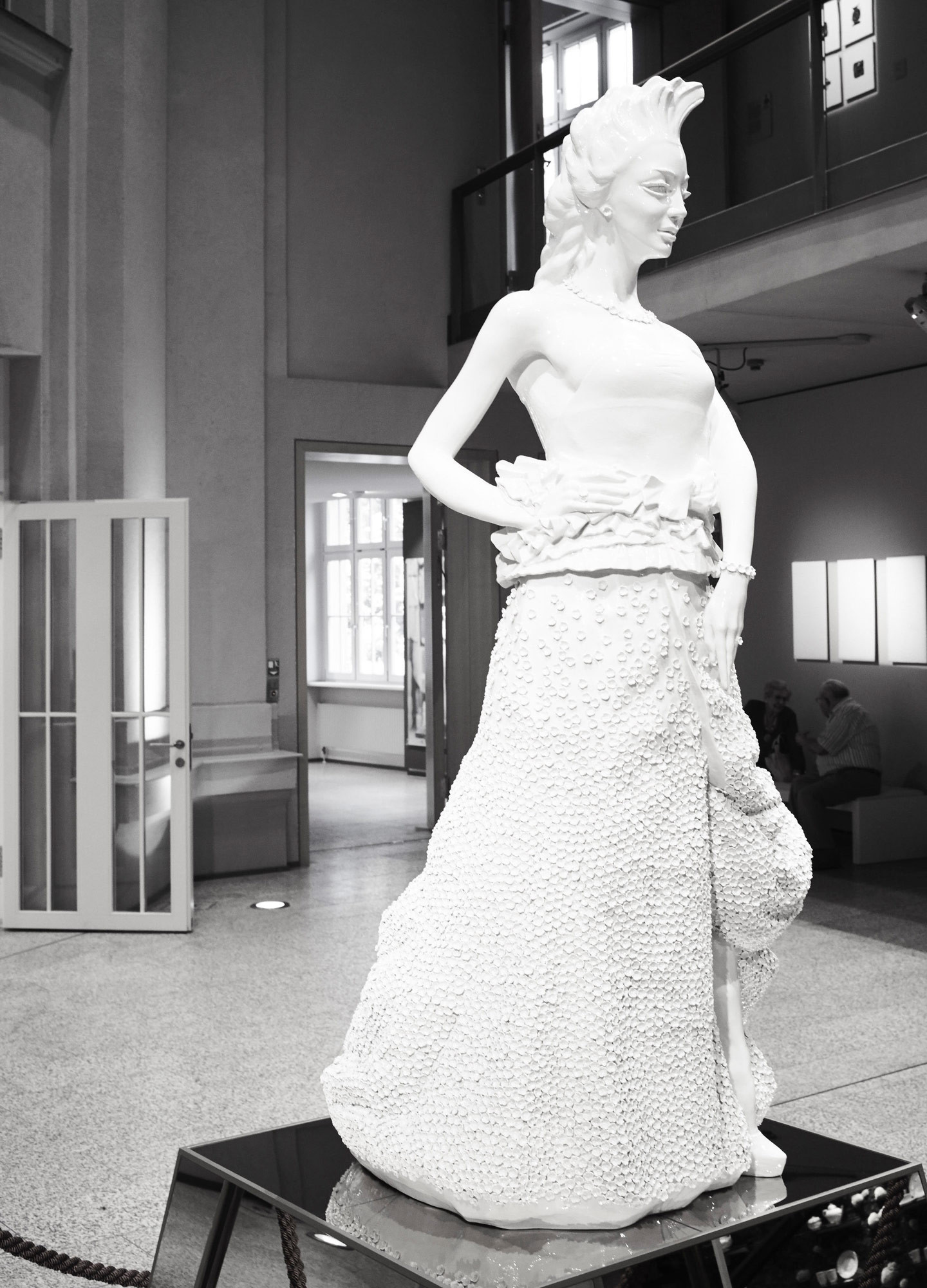 SaxoniaIn honour of the 25th anniversary of German reunification, MEISSEN pays homage to craftsmanship in Saxony – under the aegis of former head sculptor Jörg Danielczyk was created the largest free-standing porcelain sculpture in the world, “Saxonia”. A total of 8.000 hand-made “Snowball Blossoms” – an historical decorative element from the manufactory that dates back to 1739 – adorn the dress of the “Saxon Statue of Liberty”, which, weighing 800 kilograms and measuring 1.80 metres, is truly a masterpiece of porcelain design. The production of the life-sized statue demanded the highest degree of craftsmanship from head sculptor Jörg Danielczyk and all of the other Meissen artisans involved in the creation of this work of art. The sculpture alone took three weeks to fire in the manufactory’s kilns.
SaxoniaIn honour of the 25th anniversary of German reunification, MEISSEN pays homage to craftsmanship in Saxony – under the aegis of former head sculptor Jörg Danielczyk was created the largest free-standing porcelain sculpture in the world, “Saxonia”. A total of 8.000 hand-made “Snowball Blossoms” – an historical decorative element from the manufactory that dates back to 1739 – adorn the dress of the “Saxon Statue of Liberty”, which, weighing 800 kilograms and measuring 1.80 metres, is truly a masterpiece of porcelain design. The production of the life-sized statue demanded the highest degree of craftsmanship from head sculptor Jörg Danielczyk and all of the other Meissen artisans involved in the creation of this work of art. The sculpture alone took three weeks to fire in the manufactory’s kilns.

Jörg Danielczyk
Jörg Danielczyk possesses a rare mastery of his art, which is particularly evident in his large sculptures. His work has shaped the face of the manufactory for the 21st century.

